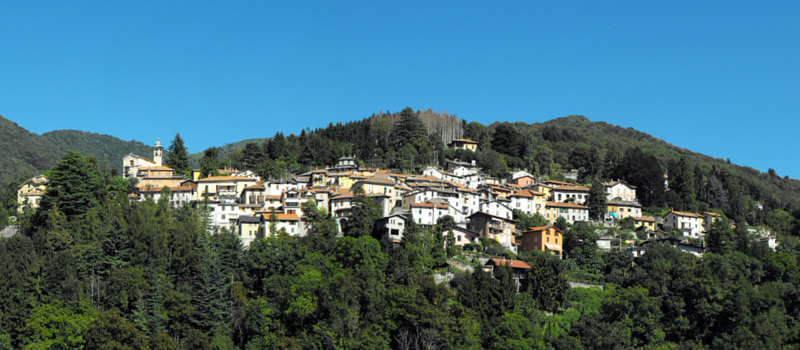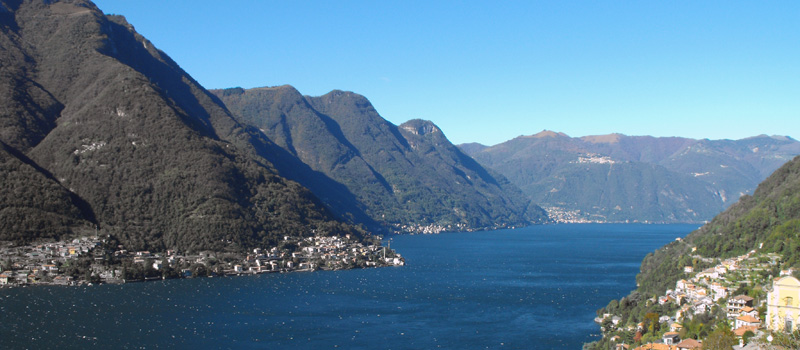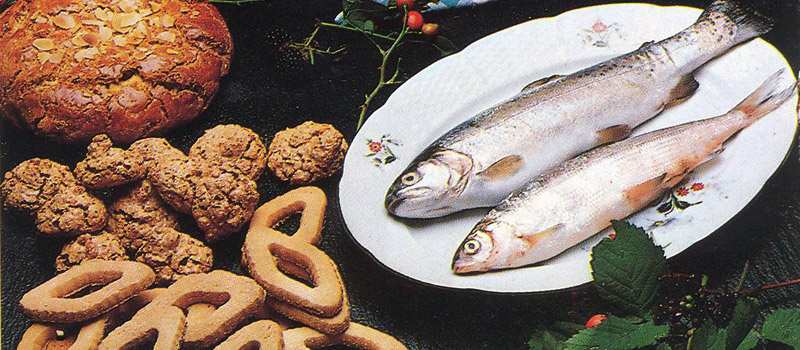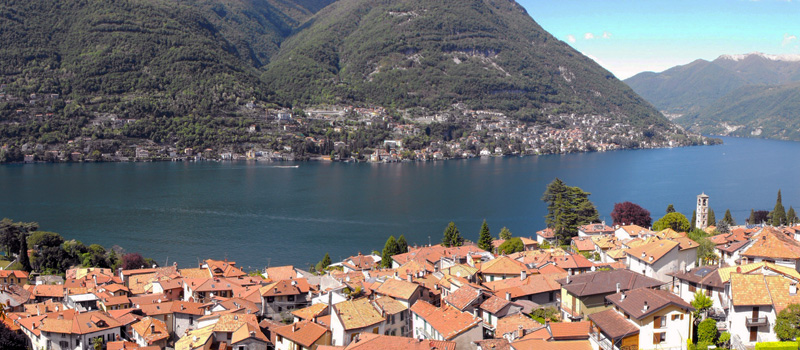
The town of Faggeto Lario on lake Como is made up of four villages: Riva di Faggeto, Molina, Lemna, and Palanzo. The discovery of a few bouider-tombs testifies to the Roman presence on the territory. Molina, Lemna and Palanzo were already connected to each other back in the Medieval Era by the Strada Regia, which leads from Brunate to Bellagio, through a very striking route passing between the high mountains and Lake Como's limpid waters.
In the village of Palanzo you can still see the remains of a Medieval tower and an ancient press, made of a single trunk of a chestnut tree, 12 meters long and with a circumference of 3 meters, built in 1572. The press has been declared a national monument thanks to these exceptional characteristics as well as the good state of its conservation. The Faggeto Lario territory is an excellent departure point for excursions on Bolettone (1317 m.), Pizzo dell'Asino (1272 m.) and Palanzone (1436 m.) mountains. There are chalets and shelters (Ristoro Boletto, Capanna Mara, Capanna San Pietro. Nearby the peak of Mt. Palanzone is Grotta di Gugliemo, a cave of karst origin - among Lario's most famous is a must-see.
The Church of St. Margaret, with its ancient Romanesque bell tower, stands in the town of Molina. The Church of Our Lady of Sorrows (or Chiesa del Soldo), built in the 16th century, with huge 16th century columns and the round arches of the portico. Legend would have it that St. Carlo wanted it built on the plain where Chiesa del Soldo now stands, a grand sanctuary dedicated to the Holy Mother, but the townspeople didn't surrender the terrain on which they cultivated their vineyards. Then, all the willow trees in that area - the branches of which are needed to tie the vines - dried up. Regretting their refusal, the townspeople built the church, and every year - the evening before the St. Giuseppe' day - they light a propitiatory bonfire.

Pognana Lario was once famous for its Moltrasio stone mines, this building stone, used by the Masters of Comacini, is characterized by gray-blue streaks. It's a must to visit the church of San Miro, situated in the hamlet of Rovasco.
Pognana Lario
Dried Shad (Agone), called Missoltini or Missultin, were at one time a precious food for inhabitants of Lake Como, the particular processing allowed them to be conserved for more than a year, excellent traditional Lake Como cuisine.
Lario Cuisine
Torno is situated upon a headland, from where it looks down over the south-western end of lake Como. Traces of pre-Roman settlements have been found in the area, as evidenced by the discovery of Massi Avelli to Piazzaga.
Torno